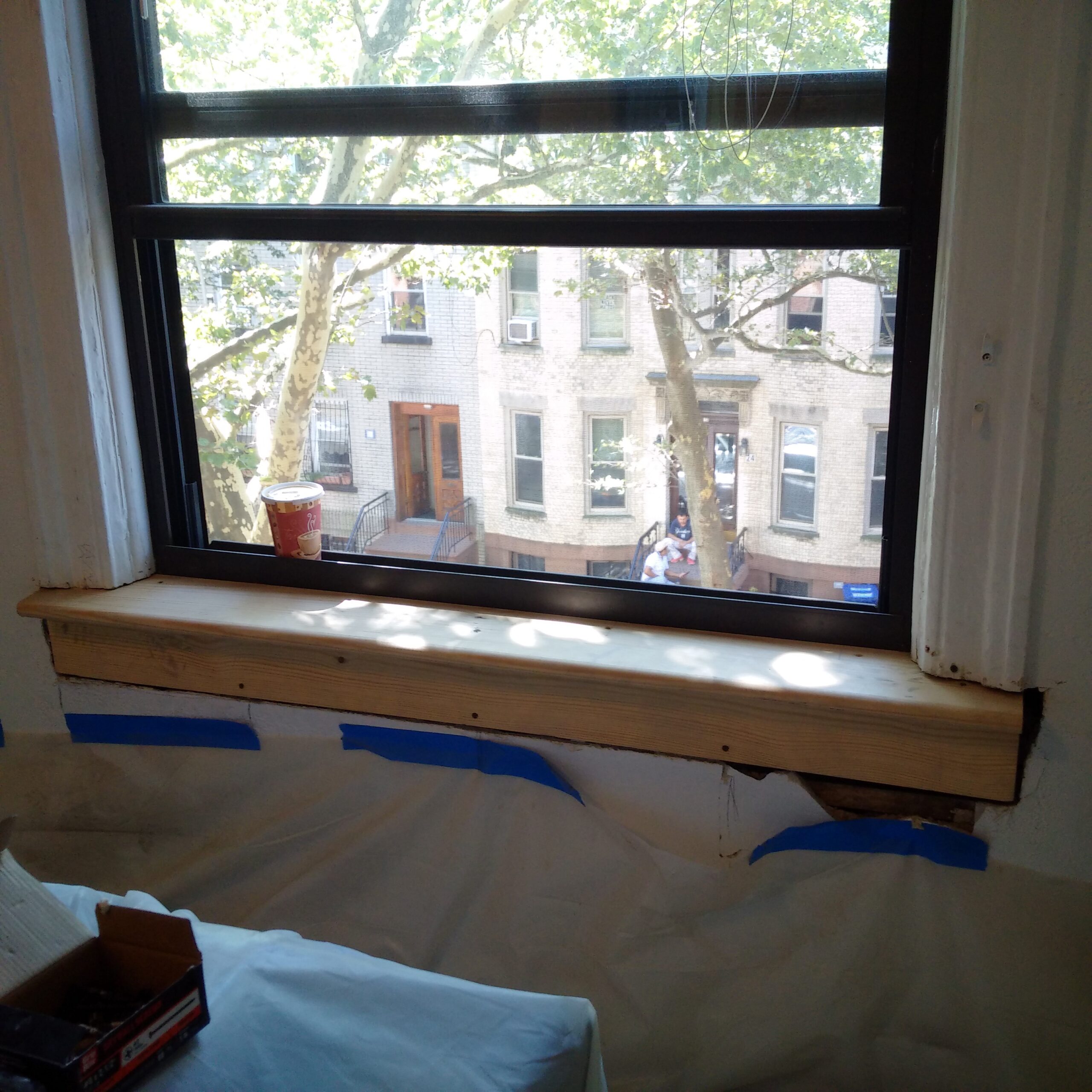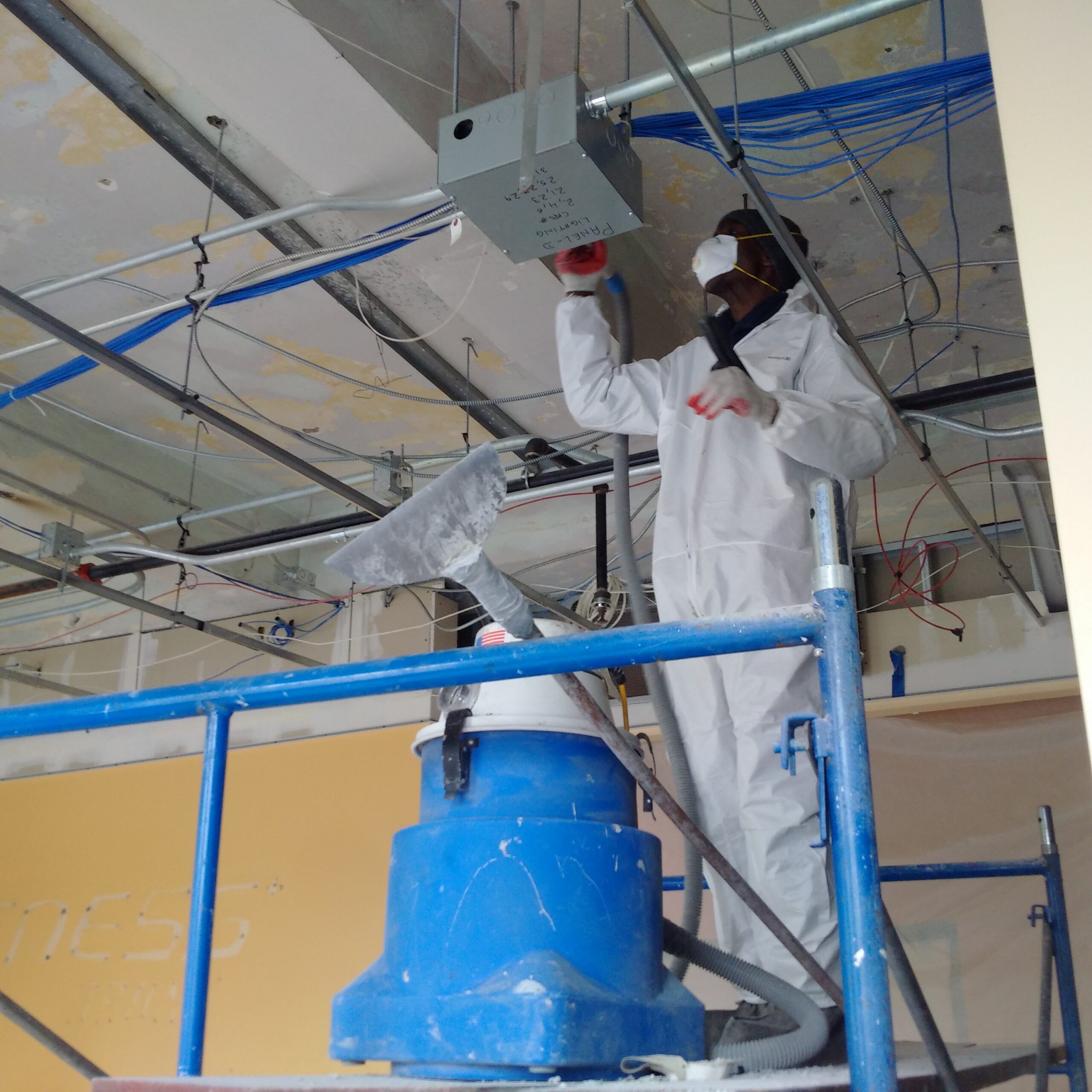Best Practices for Guaranteeing Safe and Comprehensive Lead Violation Reduction
Resolving lead violation reduction needs a multi-faceted strategy to make certain both security and compliance. Preliminary assessments using innovative discovery techniques such as XRF analyzers set the stage for a precise understanding of contamination levels. Integrating proper control strategies, consisting of airtight obstacles and HEPA filtering, paired with using personal protective tools (PPE) for employees, develops the foundation of a safe and secure procedure. Careful cleanup methods, including HEPA vacuuming and wet-wiping, are vital. It's the final clearance procedure, including detailed inspections and laboratory testing, that really verifies a lead-free atmosphere, guaranteeing lasting security. Just how do these techniques interconnect to ensure thorough lead reduction?

First Assessment
Conducting a first analysis is an essential very first step in lead infraction abatement. This phase encompasses a thorough examination of the property to identify the visibility, extent, and specific places of lead-based dangers. Certified professionals, such as licensed lead assessors or run the risk of assessors, should do a thorough site evaluation, using devices like X-ray fluorescence (XRF) analyzers to accurately identify and measure lead concentrations in paint, dust, dirt, and water.
The evaluation needs to also include an evaluation of the structure's background, previous records, and any kind of grievances or health and wellness concerns reported by occupants - Lead Removal Contractors. Documenting the searchings for diligently is vital, as these records develop the basis for establishing a reliable abatement method. A complete analysis likewise entails tasting and lab analysis, which are critical to verify the existence of lead and guide subsequent activities
Furthermore, it is important to connect the outcomes transparently to all stakeholders, consisting of homeowner, tenants, and regulatory authorities. By guaranteeing that the preliminary analysis is performed with accuracy and roughness, experts can lay a strong structure for a targeted and efficient lead reduction procedure, eventually safeguarding public wellness and making certain conformity with regulative standards.
Proper Control
Proper containment is essential to stop the spread of lead contaminants during abatement activities. Successfully taking care of control minimizes the danger of lead dust and debris moving to non-work areas, therefore guarding both the atmosphere and people outside the prompt job area.

Normal inspections of the control area are required to look for breaches or weak points in the barrier. Any type of identified issues need to be immediately dealt with to maintain the stability of the control. By adhering to these methods, abatement projects can efficiently manage lead contamination and mitigate connected health and wellness threats.
Worker Protection
Making certain employee security is extremely important during lead abatement Visit This Link tasks to prevent work exposure to dangerous lead fragments. Crucial measures consist of using individual safety equipment (PPE) such as respirators, handwear covers, and full-body matches specifically created to obstruct lead dirt and fumes. Employees must go through extensive training on the correct use and maintenance of PPE, including healthy testing for respirators to make certain optimum efficiency.
Design controls, such as local exhaust ventilation systems, are important in minimizing air-borne lead focus in the job environment. Administrative controls ought to likewise be implemented, including limiting the period of exposure and turning employees to decrease private direct exposure times. Routine clinical surveillance and biological surveillance are essential for early discovery of lead absorption, allowing prompt treatment and therapy.
In addition, developing a decontamination procedure is important. Workers have he said to adhere to rigid purification treatments prior to breaks and at the end of their change to avoid lead dirt from being carried outside the workplace. This consists of detailed hand and face washing with lead-specific cleaning representatives and altering out of polluted clothing.
Meticulous Cleanup
Keeping a risk-free workplace extends past worker security and includes careful clean-up to guarantee lead bits are completely removed from the site. The procedure of meticulous clean-up is vital in protecting against the recontamination of the eased off area and protecting both existing and future owners.
To achieve a comprehensive clean-up, all job locations need to be systematically decontaminated. This entails using specialized HEPA (High-Efficiency Particulate Air) hoover and wet-wiping strategies to record and eliminate fine lead dust that may have worked out on surfaces. It is vital to clean up all straight surface areas, including floors, home window sills, and countertops, along with upright surface areas that may have trapped lead particles.
Employees should wear proper individual protective devices (PPE) throughout clean-up to prevent direct exposure to recurring lead dirt. Utilized cleansing materials such as wipes, sponges, and wipe heads must be taken care of according to contaminated materials disposal policies.

Final Clearance
Final clearance is the critical wrapping up phase of lead reduction that figures out whether the website is secure for reoccupation. This important action entails comprehensive inspection and screening to verify that all lead dangers have been properly eliminated. The process starts with an aesthetic inspection by a certified lead-based paint examiner or danger assessor to ensure no visible dirt or particles continues to be. This is followed by collecting dust clean examples from different surfaces, including floors, windowsills, and various other straight surface areas. Lead Removal Contractors.

Final clearance screening not only shields future occupants however likewise ensures compliance with regional, state, and federal guidelines. It serves as a recorded validation of the reduction specialist's adherence to sector ideal practices. Making sure a thorough and successful last clearance is important in safeguarding public health and fostering trust in the abatement process.
Final Thought
Ensuring risk-free and thorough lead infraction reduction requires a complex approach including first analyses with advanced detection approaches, effective containment approaches, stringent worker defense protocols, and precise cleaning treatments. The final clearance phase, including thorough evaluations and lab screening, is crucial to verify conformity with EPA criteria. Adherence to these best practices ensures a risk-free setting for occupants, reduces health and wellness threats, and promotes regulatory requirements, thus promoting public health and wellness and safety and security in lead-affected locations.